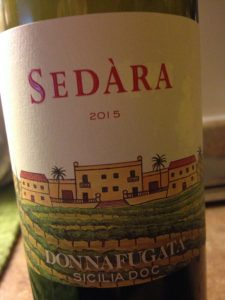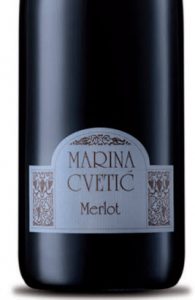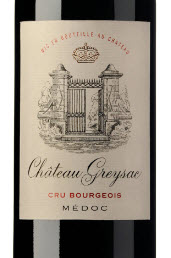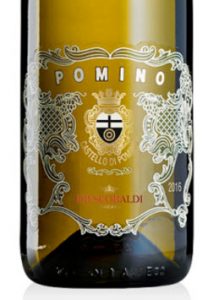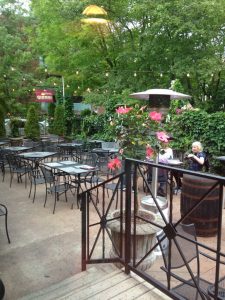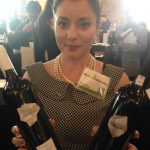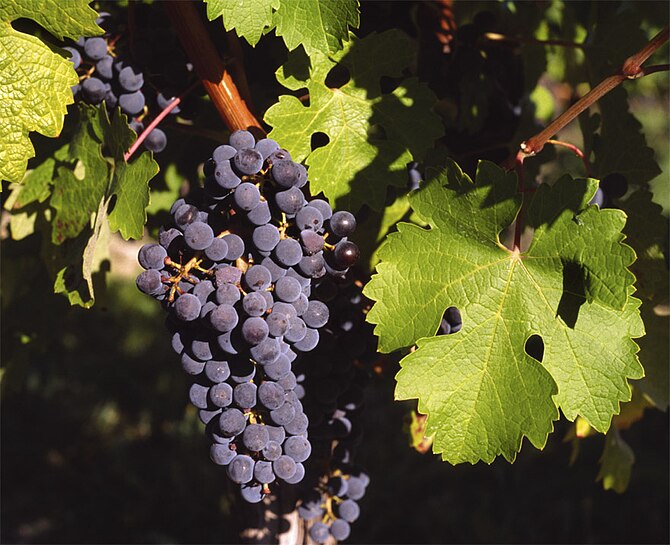
If you’ve ever wondered how to choose a good wine from South America, this holiday season would be a great time to try one or more. And there’s a new group here to help. The 14th Annual Wines of Chile Awards (AWOCA), a program that underscores the excellence of Chile’s world class quality, was held recently in Washington, D.C. in honor of the U.S. being one of Chile’s most important markets.
The Chilean wine industry has undergone a revolution in quality and innovation as more producers than ever are now involved. The unique geographic conditions in Chile provide ideal terroir and microclimates for making wines of many types. Meanwhile, governmental agencies like ProChile and Fundación Imagen are helping the wine industry flourish in Chile. Consider these AWOCA winners as you look for the best wines from Chile:
The winners of the 14th Annual Wines of Chile Awards are:
- Best Sparkling: Viña Undurraga, Undurraga Rosé Royal N/V
- Best Sauvignon Blanc: Viña Haras de Pirque, Albaclara Sauvignon Blanc 2017
- Best Other White: Viña Casas del Bosque, Gran Reserva Late Harvest Riesling 2015
- Best Chardonnay: Luis Felipe Edwards, Marea Valle de Leyda Chardonnay 2016
- Best Pinot Noir: San Pedro, 1865 Selected Vineyard Pinot Noir 2016
- Best Syrah; Best in Show: Viña Casas Del Bosque, Gran Reserva Syrah 2015
- Best Carignan/Secano: Luis Felipe Edwards, LFE100 CIEN Carignan 2012
- Best Carménère $25 and over: San José de Apalta, Carménère Blue Label 2015
- Best Other Red: Viña Valdivieso, Single Vineyard Cabernet Franc 2013
- Best Red Blend: Viña Cousiño Macul, Lota 2011
- Best Cabernet Sauvignon under $20: Viña Requingua, Puerto Viejo Reserve Cabernet Sauvignon 2016
- Best Cabernet Sauvignon $20-$50: Viña Maipo, Protegido Cabernet Sauvignon 2014
- Best Cabernet Sauvignon over $50; Best in Show: SANTA EMA, Catalina 2014
Wines of Chile is an organization committed to promoting the quality and image of Chilean wine throughout the world. It has offices in Santiago, London and New York, as well as representatives in Canada, Ireland and Denmark. Wines of Chile also works closely with ProChile to develop and offer promotional and educational programs in Asia, Latin America and Europe. Wines of Chile’s 86 member wineries belong to Vinos de Chile and represent 88 percent of Chile’s bottled wine exports. More information is available at www.winesofchile.org.















